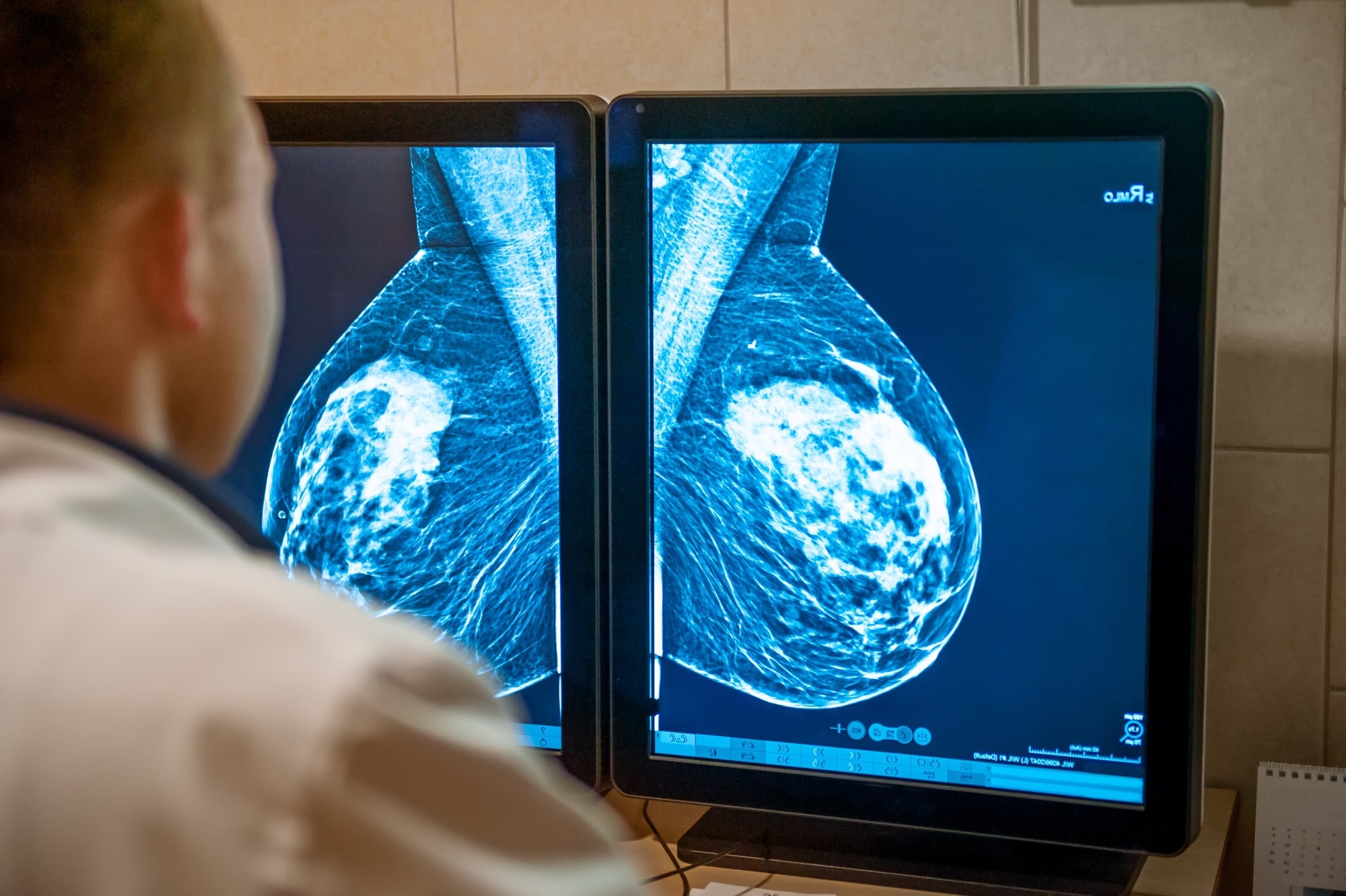
[ad_1]
A brand new research in JAMA Community Open examines how social and demographic profiles affect physicians of their readiness to debate breast density with their sufferers and vice versa.
 Research: Sociodemographic variations in girls’s stories of discussions with clinicians about breast density. Picture Credit score: Okrasiuk / Shutterstock.com
Research: Sociodemographic variations in girls’s stories of discussions with clinicians about breast density. Picture Credit score: Okrasiuk / Shutterstock.com
Breast density and most cancers
Since breast density impacts the outcomes of screening mammography and independently poses a danger issue for breast most cancers, it is crucial that girls focus on this issue with their medical doctors. To facilitate these conversations, it’s obligatory in lots of American states that dense breasts be recognized clearly and ladies are notified following mammography.
Earlier analysis signifies that lower than 50% of girls focus on breast density with their medical doctors; nonetheless, it’s unclear the content material of those conversations. Moreover, earlier research have reported that minorities and deprived girls are much less conscious of the danger of breast most cancers related to breast density, thus making them much less prone to discuss or ask about this matter.
In regards to the research
The present research used a population-based phone survey to collect information from July 1, 2019, to April 30, 2020. All girls who had been contacted for the research had no historical past of breast most cancers and had been screened by mammography sooner or later through the two years earlier than this research.
The ladies ranged in age from 40 to 76 years. All research members had been acquainted with phrases like breast density or dense breasts.
Girls had been requested whether or not their physician spoke about breast density or phrases associated to breast most cancers danger spontaneously or as a response to their questions.
What did the research present?
The present research included 770 girls who stated that they had talked with their healthcare suppliers (HCPs) following breast most cancers screening. Over 80% of the research members resided in states the place dense breast notification (DBN) was obligatory.
Among the many research cohort, about 50% had been 50-64 years previous, 25% had been 40-49 years previous, and about 30% had been older than 65 years previous. About 40% had been White and 27% Black, with one in seven Hispanic and 6% Asian.
Virtually 90% of the ladies stated that their medical doctors requested about breast most cancers danger, with Black girls twice as prone to be requested these questions. Amongst girls with a household historical past of breast most cancers or who beforehand underwent a breast biopsy, the probability that they had been requested about their breast most cancers danger was three-fold and doubled, respectively.
An awesome majority of 94% reported that their HCPs mentioned their mammography outcomes with them. Whereas nearly 90% of girls in every class reported these discussions, Hispanics had been 63% much less prone to have this dialog as in comparison with Whites. Low literacy lowered the probability of research members having their mammograms mentioned with them by 70%.
Solely two of each three girls had been requested in the event that they wished to debate future breast most cancers danger or different methods to display for breast most cancers most cancers. Different screening choices had been mentioned with over 60% of girls; whereas it was 50% extra possible for these choices to be mentioned if a previous breast biopsy had been carried out.
Over 80% of the research members requested their HCPs about breast density. About 70% of girls reported that they had been requested if that they had questions on breast density; nonetheless, girls over the age of 65 had been solely half as prone to be requested.
Asians had been 60% much less prone to be requested if that they had considerations concerning their breast density. The probability of girls with poor literacy being requested this query as 36% decrease.
Over 80% of girls in all teams stated their questions concerning breast density had been answered largely or absolutely. Nevertheless, as in comparison with White girls, Asians had been 80% much less prone to be glad with the solutions they obtained to their questions concerning breast density.
Questions requested by Hispanics had been half as prone to be answered largely or absolutely. The probability of questions by low-literacy girls being answered to their satisfaction in the event that they requested about breast density had been half these of Whites.
What are the implications?
Most HCPs within the present research mentioned mammography findings with their sufferers. Furthermore, most ladies additionally stated they had been requested about breast most cancers danger and obtained solutions to their questions on breast density.
Nonetheless, the research findings exhibit that extra work is required by HCPs to ask girls to voice their considerations and questions, focus on different screening choices, or future breast most cancers danger. That is significantly vital amongst Hispanic and Asian girls, in addition to poorly literate girls, whose questions had been much less prone to be answered.
It is usually attainable that HCPs usually are not outfitted correctly, both knowledge-wise or due to restricted coaching in counseling, to cope with these questions. This will likely point out the necessity for extra medical training.
Regardless of some reassuring findings concerning acceptable differential counseling by affected person race and ethnicity, different outcomes echo prior analysis documenting racial and ethnic variations in processes of care and supply new proof of differential processes by affected person literacy.”
Journal reference:
- Kressin, N. R. et al. (2023). Sociodemographic variations in girls’s stories of discussions with clinicians about breast density. JAMA Community Open. doi:10.1001/jamanetworkopen.2023.44850.
[ad_2]